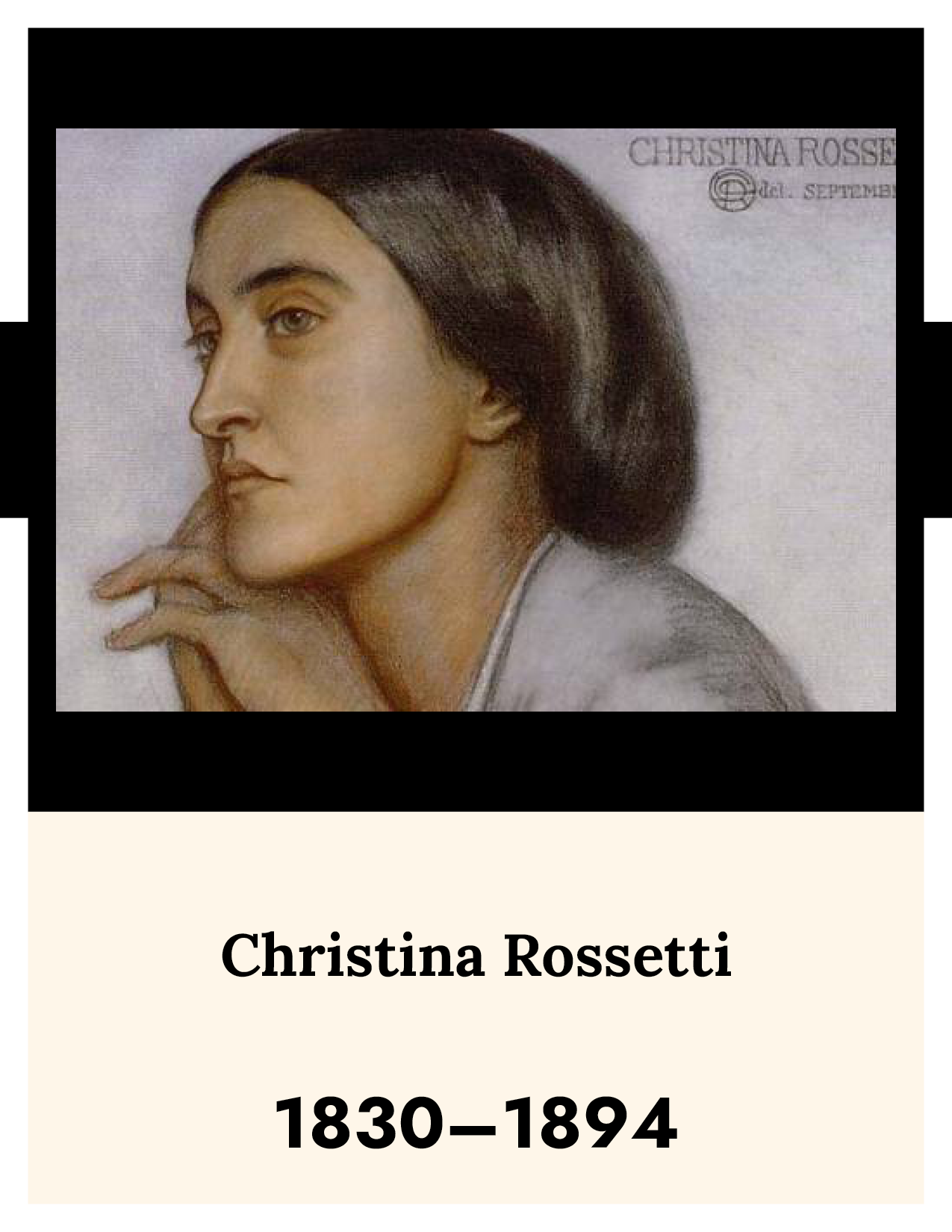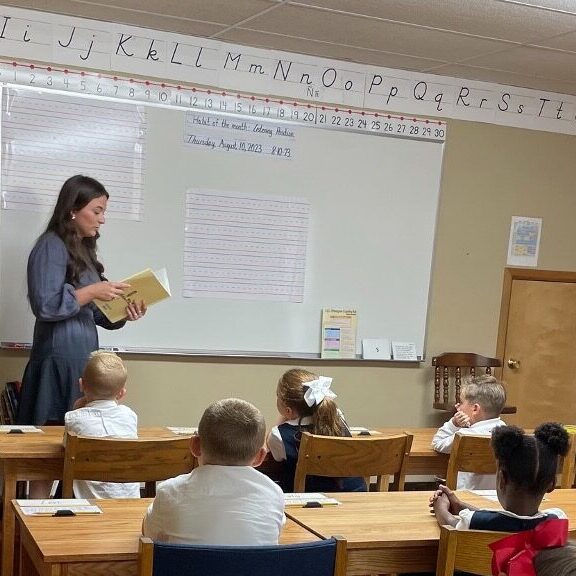Ambleside Schools International Articles

Browse more Ambleside Schools International Resources.
Ambleside Method - Timelines
One of the first things you notice in an Ambleside classroom is its distinctive timeline spanning the top of the room. Pictures, names, dates — all linked together by a seamless cord.
This is not just a visual learning tool, although it is that. Rather, it helps bring to life core aspects of the Ambleside Method.
Given the respect due to the personhood of each child, and the fact that all true education must be self-education, the three tools available to an Ambleside teacher are the classroom/school atmosphere (the relational context that is naturally breathed in and assimilated), the discipline of habit (an intentional training for the purpose of lifting students above the limitations of their nature), and education as a life (the nourishing of each mind with living ideas).
One of the fundamental pedagogical convictions of our Charlotte Mason-inspired method of education is atmosphere. At Ambleside, we view the classroom as a place of living and learning, faithful to the idea that learning is a natural delight of life — children have a natural desire for knowledge.
A sense of beauty and order is evident in each area of our schools and in our homeschools. Classrooms are fitted with beautiful wood desks and chairs, bookshelves are carefully arranged, plants and other living things are interspersed throughout, a table is devoted to nature findings, and paintings by the master artists studied adorn the thoughtfully, beautifully painted walls.
From their seats, all students are able to look at the timeline, searching for faces and events. Just as the Ambleside Method begins with a carefully chosen book, the timeline is populated with carefully chosen images: beautiful portraits that reflect the personhood of the subject; famous paintings that depict scenes from history; photographs that capture influential moments in time. It is a joy to watch them take it in, without prompting, born of the natural curiosity some of us only vaguely recall.
Another key distinctive of the Ambleside Method is relationship … to God, self, others, ideas, great books and works of art, and historical personages. The timelines provide context and connection and help tie these together.
Our education is vital, dynamic, and living. Real learning occurs when the learner wonders, asks why and how. And this happens in an atmosphere that stimulates thought and is rich with ideas. A sense of wonder invites the children.
Our objective is to place the very best books before our students, books rich in language, content, and ideas, putting them into relationship with the finest authors. Reading from “living books,” students interact with great scientists, mathematicians, philosophers, historians, artists, poets, and explorers.
Timelines are a vital component of bringing these living books to our classrooms.
The timeline spans the breadth of history covered in the Ambleside curriculum. Timelines contain images of significant persons and events, including persons and events that are part of the year’s curriculum, and we add to the timeline as new topics are covered. Placing new images in the timeline on the wall enables teachers to provide context for that thinker, artist, leader, or composer.
Interestingly, Charlotte Mason herself did not use the phrase ‘timelines.’ Rather, the use of timelines grew in a way that remains faithful to the intention of the Founder while also piquing children’s imaginations and providing context for the texts being studied.
Timelines bear silent witness to the unfolding of civilization, helping students grasp the passage of time and the sweep of the human story, one guided by God and shaped by human actors, in which they, too, play a part.
As an Ambleside teacher, I fondly remember my first year teaching in the early years of the Ambleside School in Virginia.
Among the many tasks to get a new school up and running, putting up the timeline was the last piece. The school secretary was busy for weeks carefully putting the timelines together for each classroom (9 of them). She thoughtfully collected the images, typed the labels, mounted these on black paper, and laminated each one with great care. She knew she was giving a great gift to us. All the teachers were eagerly looking forward to the timeline going up in their classrooms, one by one. I among them also waited and waited, but having no experience with a timeline myself, I didn’t really see the value or understand what all the fuss was about and why the hurry to get them up.
Then one morning, when I arrived in my classroom, I was surprised and delighted to see the timeline had been put up! It certainly looked beautiful and added to the classroom décor. To my amazement, when the students arrived, they were so excited to see it. They oooh’d and aaah’d and chattered among themselves making comments like “Ohhhh, I didn’t realize that Mary Cassatt lived at the same time as Brahms and Christina Rossetti! I wonder if they knew each other.” From that day on through the rest of the school year, as they read and learned new things, the children would often refer to the timeline and want to know where these new people and events fit.
Ultimately, they understood that they fit somewhere in that timeline, too, and that time is precious, it does march on, and they were ‘made for such a time as this.’
by Shannon Seiberlich
Director of Community Relations and Homeschooling, Ambleside Schools International



